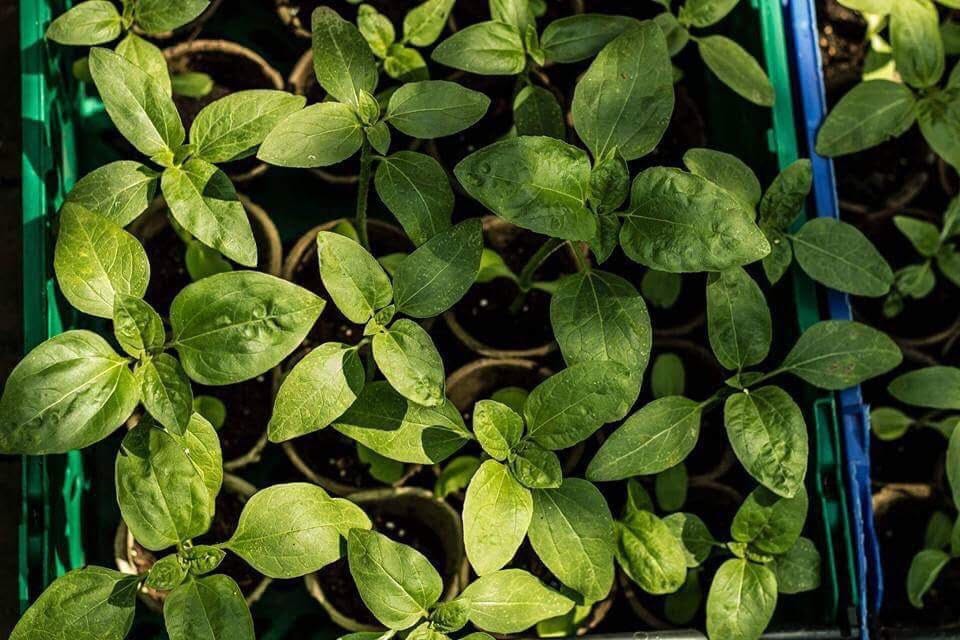Residents on Sheriff Street want to know if there are plans to raze and redevelop their area
The chair of the city-centre taskforce, David McRedmond, wrote recently that the developer Ballymore has plans to “completely rebuild the Sheriff Street area”.







